38 why food labels are required on some foods
Food labels often missing potassium content | Reuters Most packaged food labels don't list the amount of potassium the foods contain, according to a new study by New York City health workers. ... and are not meeting their dietary requirements ... The Importance of Food Labels | Requirements for Packaging Importance of Food Labels Food labels are a legal requirement and they are important for many reasons. They help consumers make informed choices about the food they buy, help them to store and use it safely and allows people to plan when they will consume it - all of which help to reduce food wastage.
Food Labels: Fat & Cholesterol | Home & Garden Information Center In addition, some labels contain a nutrient claim, such as "low-fat" or "fat-free." "Nutrition Facts" Panel: Since 1994 food manufacturers have been required to provide information on certain nutrients of greatest public concern. As a result, total fat, saturated fat, trans fat and cholesterol are required under the Nutrition Facts ...

Why food labels are required on some foods
Food Labeling & Nutrition | FDA Food labeling is required for most prepared foods, such as breads, cereals, canned and frozen foods, snacks, desserts, drinks, etc. Nutrition labeling for raw produce (fruits and vegetables) and... The Importance of Reading the Food Label and Nutritional Facts There's a reason why packaged foods all have a nutrition label. Well, for one, it's required of most foods due to the Nutrition Labeling and Education Act. But that law exists because it is important that consumers have all of the facts about food products in order to make informed decisions about what they buy and put into their bodies. Food Labels Guide & Examples | How to Read Nutrition Labels - Video ... Food labels are important because they assist consumers make a healthier and more educated purchase. This new format of food label identifies key nutrients and vitamins contained within a product....
Why food labels are required on some foods. 13 Misleading Food Label Claims and How Not to Be Tricked - Sentient Media To use the label low-calorie in the United States, the FDA mandates that foods contain 40 calories or less per reference amount customarily consumed ( RACC ). Meals and main dishes should include 120 calories or less per 100 grams of food. 6. Label Says "Low-Carb" The FDA does not have any guidelines for the labeling of foods as low-carb. GMO Foods Should be Labeled, But Not for Safety: Bioethicist - NBC News Safety concerns would trigger Food and Drug Administration labeling requirements. But, ironically, that is entirely the wrong issue when it comes to labels. The reason GMO food should be... Gluten and Food Labeling | FDA - U.S. Food and Drug Administration The gluten-free labeling regulation gives consumers a standardized tool for managing their health and dietary intake — especially those with celiac disease, an auto-immune reaction to eating... FDA Nutrition Label Update: How to Read the New Food Label | U.S. News The FDA has revised its nutrition food labels for the first time in more than 20 years. ... Facts label requirements in 2016, and food manufacturers began implementing the requirements in 2020 and ...
Understanding Food Nutrition Labels | American Heart Association Remember that the information shown in the label is based on a diet of 2,000 calories a day. You may need less or more than 2,000 calories depending upon your age, gender, activity level, and whether you're trying to lose, gain or maintain your weight. When the Nutrition Facts label says a food contains "0 g" of trans fat, but includes ... Food labels - NHS These labels provide information on the number of grams of fat, saturated fat, sugars and salt, and the amount of energy (in kJ and kcal) in a serving or portion of the food. But be aware that the manufacturer's idea of a portion may be different from yours. Some front-of-pack nutrition labels also provide information about reference intakes. Labeling of Genetically Modified Foods - 9.371 - Extension Under U.S. law, companies may voluntarily label food products to inform consumers as to whether they do or do not contain ingredients from GM crops. Genetically modified crops have been produced commercially and consumed in the U.S. since the mid-1990s. Today, the most common GM crops on the market are soybean, corn, cotton, canola, and sugar beet. Why Do Food Labels Use Calories Instead of Joules or Kilojoules? The Atwater system is generally used by the food industry for U.S. labels. This is a standard for calculating the energy value of carbohydrates, fats and proteins. These kilocalories are expressed as "calories." The system assigns 4 calories per gram to carbohydrates, 9 calories per gram to fats and 4 calories per gram to proteins.
What is required on a food label? - USDA A meat and poultry label is required to contain 8 features. These are: the product name, inspection legend and est. number, handling statement, net weight statement, ingredients statement, address line, nutrition facts, and safe handling instructions. These requirements are found in the Code of Federal Regulations (9CFR 317.2/381 Subpart N). Why food labels are important for consumers? - DNA India As per the regulation the nutrients must be declared on the Nutrition Facts Label as "percent Daily Value" (%DV), which tells the percent of the recommended daily intake to help the consumer create a balanced diet. As the saying goes "You are what you eat". These days most items contain food preservatives and food colour. Food labels - Better Health Channel Food labels carry useful information to help you make informed choices about what you and your family eat and drink. Most packaged foods are required to have a label with this information, but the information required depends on the food type. The food label will tell you all sorts of information, including: what the food is manufacturer's details Six reasons why food labelling is important Food labels guarantee that the food is what we think it is and that products are as nutritious as we think they are. Labels teach us about ingredients and nutrients. With more and more international trade, it is harder and harder for us to know who our food producers are and exactly where the food comes from. Trustworthy labels help fill this gap.
What is a bioengineered food and why do some food packages now ... - KSAT Their mission is focused on the belief that consumers have a right to know what is in their food and to have access to non-GMO choices in addition to protecting traditional seed breeding and the...
GMO Foods Will Be Labeled 'Bioengineered' - Verywell Health The U.S. Department of Agriculture established a federal standard for labeling genetically modified foods with "bioengineered" or "derived from bioengineered." Previous labels that said "genetically engineered" (GE) or "genetically modified organisms" (GMOs) will no longer be used, although consumers may be more familiar with these existing terms.
Learn How the Nutrition Facts Label Can Help You Improve Your Health The Nutrition Facts label on packaged foods is based on updated science and dietary recommendations for Americans. Using the label can help you choose foods for a healthy diet. The label is required on all packaged foods made in the United States and imported from other countries. The US Food and Drug Administration (FDA) issued regulations in ...
Why we need mandatory labeling of GMO products - STAT In July 2016, the state of Vermont required foods made with GMOs or their byproducts be labeled with this simple message: "Produced with genetic engineering" or "Partially produced with genetic...
Does all food need a label? - Safe Food & Water Food labels are important in order to allow customers to make informed choices about the food they buy. The label provides the information one needs to contact the manufacturer. Label laws are intended for your safety and protection. Without them, who would you, or a regulating agency, contact if there is a problem with the food?
Why do nutrition facts labels leave out some nutrients? - Quora Many countries have made it mandatory to include nutrition labels on packaged foods and beverages, so that consumers can make informed choices about what they eat (and drink). Nutrition labels contain important information about the following: Serving size - The quantity of the packaged food that the manufacturer states should be eaten at a time.
Why are some foods required to have nutrition information labels and ... Whole foods like fruits and veggies usually do not contain any labels. Packaged foods and preservative rich foods are expected to have labels because food companies are required to label the food because of processing. Processed foods contain additives so the FDA will maintain what goes into these foods by requiring labeling. Woody Williams
The Nutrition Facts Label: Its History, Purpose and Updates Placing added sugars information on food labels is thought to help bring U.S. consumption of added sugars closer to recommendations (less than 10% of total calories). The most recent intake data shows that U.S. adults consume about 13% of their calories from added sugars. Vitamins and minerals
Why Misleading Food Labels Are Everywhere - Chris Kresser To display the organic label, crops need to be grown without synthetic fertilizers and have strict guidelines on what pest and weed control products are allowed. Organic fruits and vegetables are lower in pesticides and higher in micronutrients.
Why do Some Food Products Have "Not a Low Calorie Food" on Them? By requiring the label, the FDA hopes to bring attention back to the fact that calorie counting is an important part of any healthy diet. Misleading nutrition labels led to the Food and Drug Administration requiring "not a low calorie food" labels on some products.
Food Labels Guide & Examples | How to Read Nutrition Labels - Video ... Food labels are important because they assist consumers make a healthier and more educated purchase. This new format of food label identifies key nutrients and vitamins contained within a product....
The Importance of Reading the Food Label and Nutritional Facts There's a reason why packaged foods all have a nutrition label. Well, for one, it's required of most foods due to the Nutrition Labeling and Education Act. But that law exists because it is important that consumers have all of the facts about food products in order to make informed decisions about what they buy and put into their bodies.
Food Labeling & Nutrition | FDA Food labeling is required for most prepared foods, such as breads, cereals, canned and frozen foods, snacks, desserts, drinks, etc. Nutrition labeling for raw produce (fruits and vegetables) and...









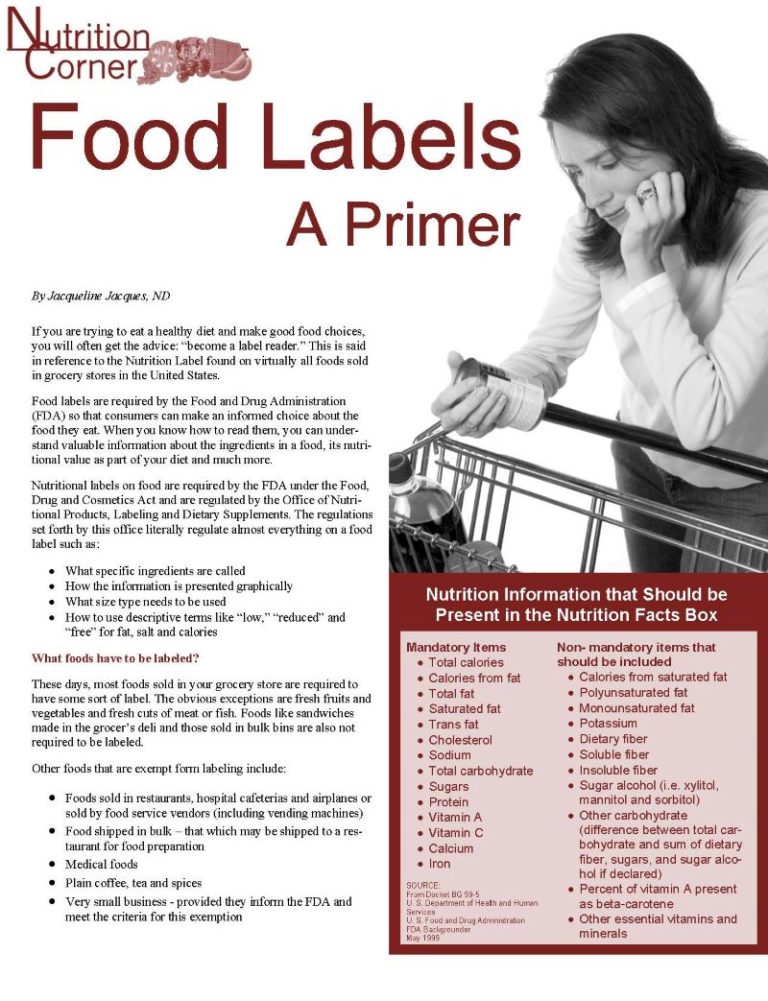
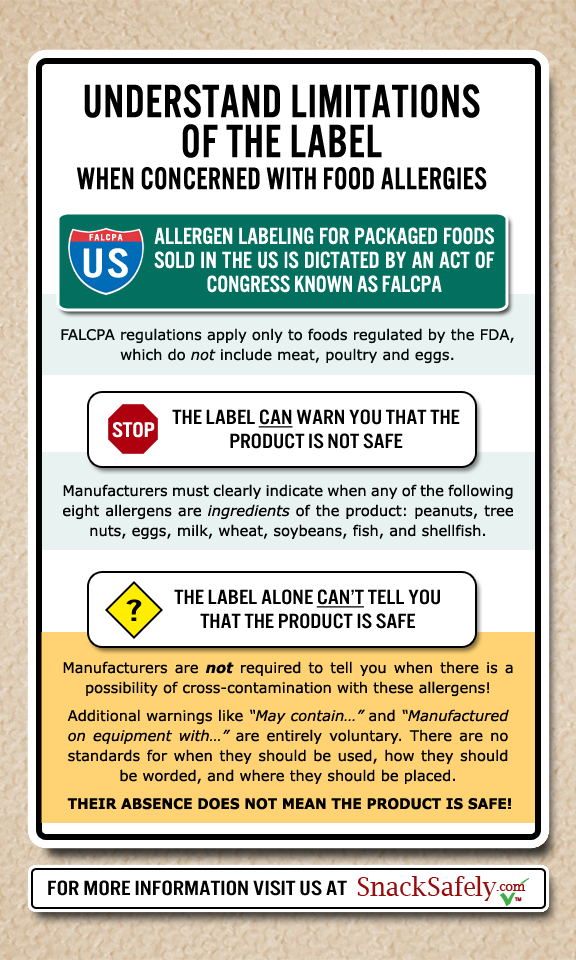



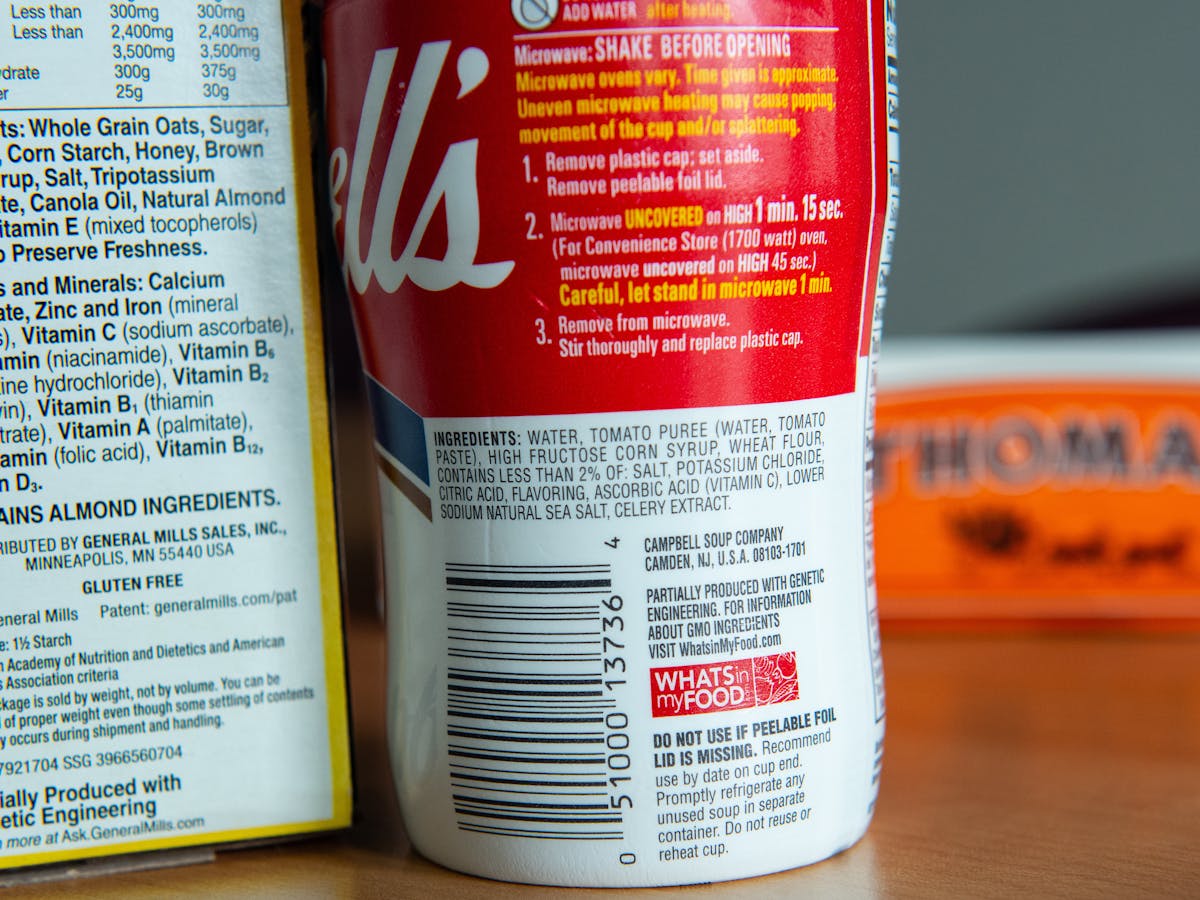



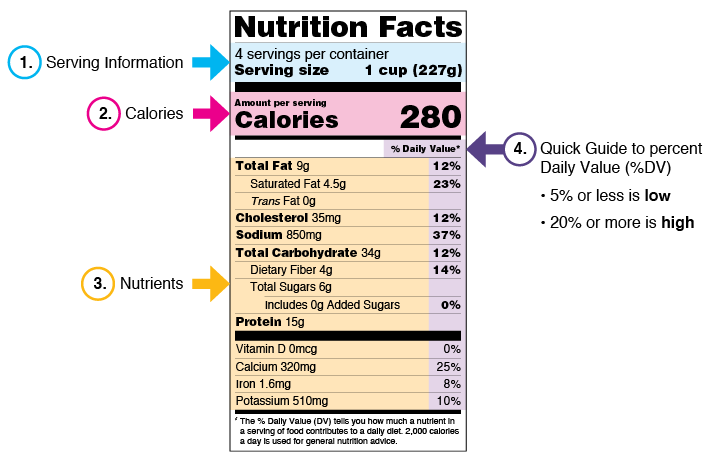


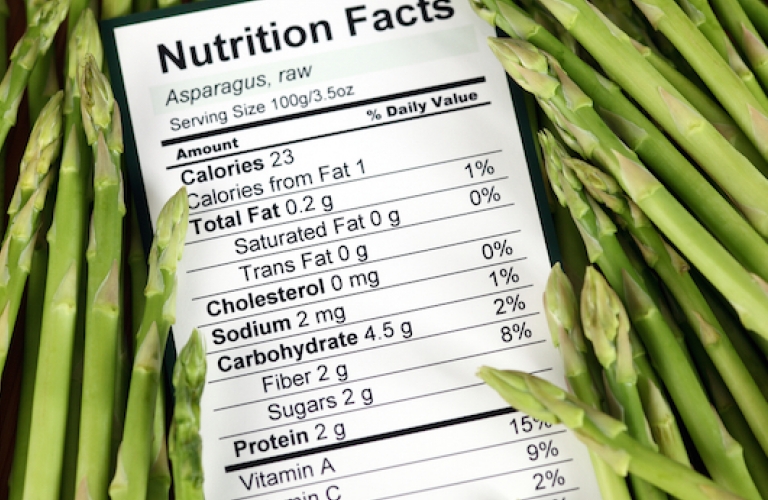



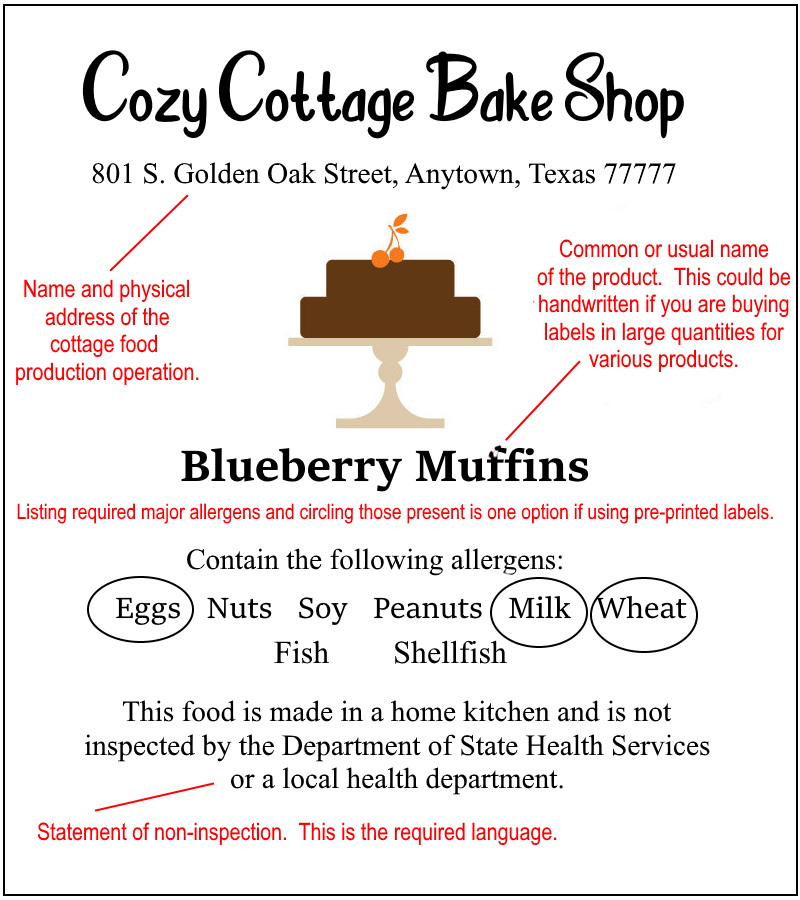

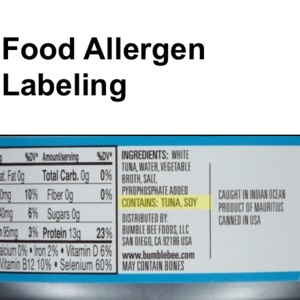






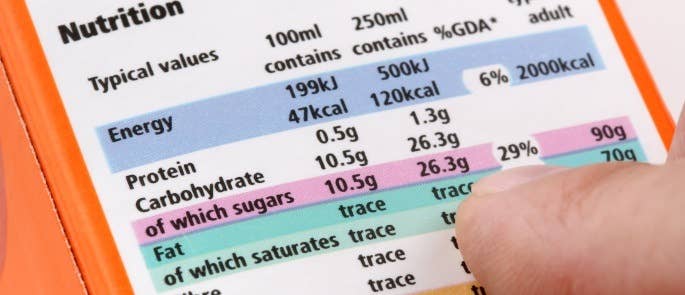
Post a Comment for "38 why food labels are required on some foods"